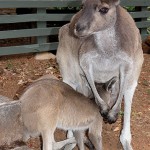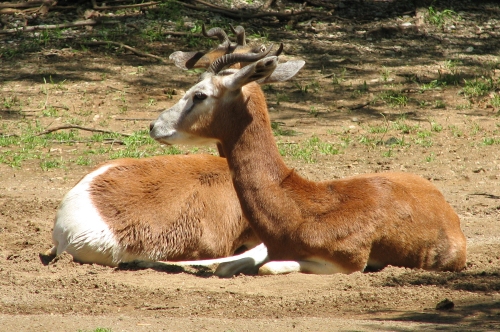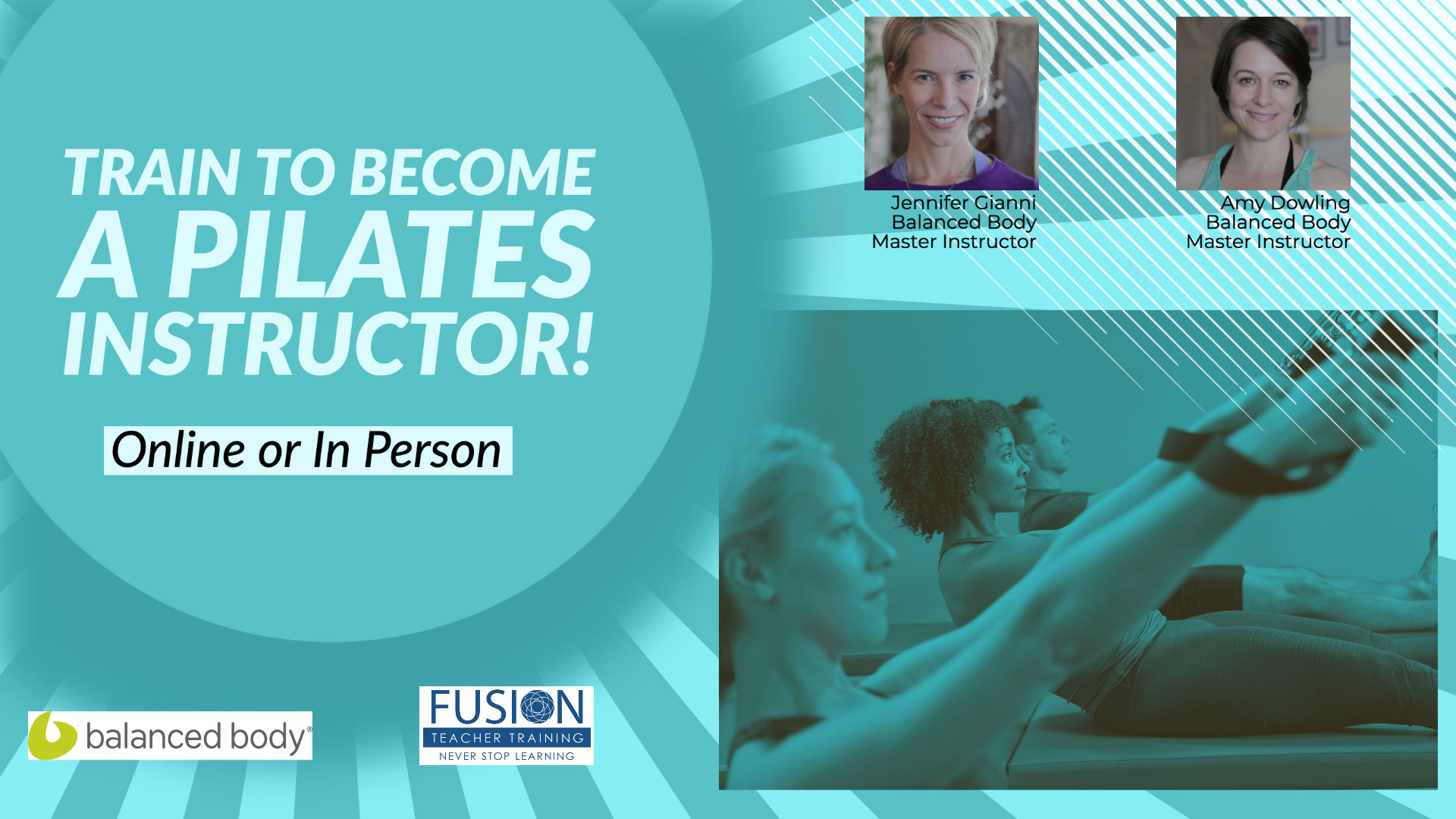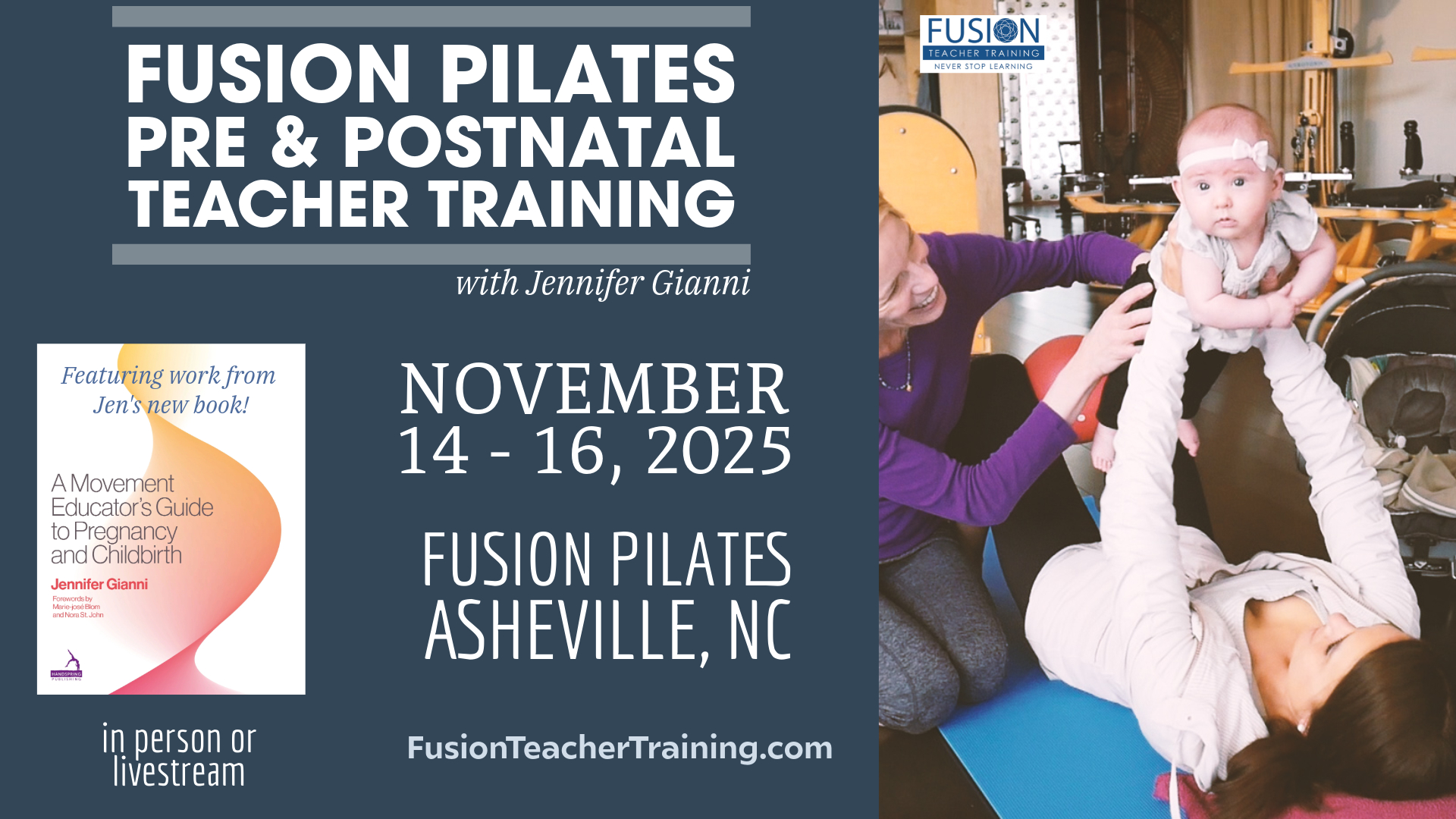by Jennifer Gianni
 The age old standard in the science of movement and biomechanics is that muscles contract and shorten and this energy is transferred through passive tendons to create change in the joint and therefore a change in shape. And this is still true… but only for steady movement such as bicycling. In movements like bicycle riding, the muscle fibers definitely change in length but the tendons and rest of the fascial elements do not change much at all. On the other hand, oscillatory, undulating, and wave like movements that involve the whole system, (such as running, hopping, and walking) has an effect that is opposite of steady movement.
The age old standard in the science of movement and biomechanics is that muscles contract and shorten and this energy is transferred through passive tendons to create change in the joint and therefore a change in shape. And this is still true… but only for steady movement such as bicycling. In movements like bicycle riding, the muscle fibers definitely change in length but the tendons and rest of the fascial elements do not change much at all. On the other hand, oscillatory, undulating, and wave like movements that involve the whole system, (such as running, hopping, and walking) has an effect that is opposite of steady movement.
 In oscillatory movement the muscle fibers contract in an almost isometric way and the fascia acts like a yo-yo. Therefore in activities liking walking , hopping and running, it is the glide of the fascial-silk body suit around your musculature that creates easy, effortless movement. This is exactly how animals like the kangaroo and even smaller animals like the gazelle have such incredible running and jumping abilities. This spring-like action has been coined the ‘catapult mechanism’ (Kram & Dawson 1998 ) .
In oscillatory movement the muscle fibers contract in an almost isometric way and the fascia acts like a yo-yo. Therefore in activities liking walking , hopping and running, it is the glide of the fascial-silk body suit around your musculature that creates easy, effortless movement. This is exactly how animals like the kangaroo and even smaller animals like the gazelle have such incredible running and jumping abilities. This spring-like action has been coined the ‘catapult mechanism’ (Kram & Dawson 1998 ) .
The tendons and fascia of the legs , hips and lower back are put under tension (like a sling shot) and the release of this stored energy is what creates the hop, jump, run, and walk. Scientist have now been able to verify without a doubt that our tissue movement is similar to these amazing animals and that we have the capacity in our fascial web for springy, fluid, and wave like movement. In a later post we will go into some specific ways that you can encourage this quality of movement to revisit your body. Many of us haven’t had springy movement since childhood so it might take quite a bit of consistent work to reintroduce it into our system in a safe way. Stay tuned!!
Much of what is mentioned in this short introduction comes from the book Fascia: The Tensional Network of the Human Body. Schlep et al., Elsevier Science, Edinburgh, UK, 2012.
images by SeanMack and Ltshears




Leave A Reply (No comments So Far)
Please - comments only. All Pilates questions should be asked in the Forum. All support questions should be asked at Support.
You must be logged in to post a comment.
No comments yet.